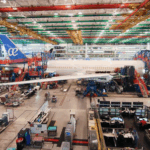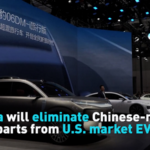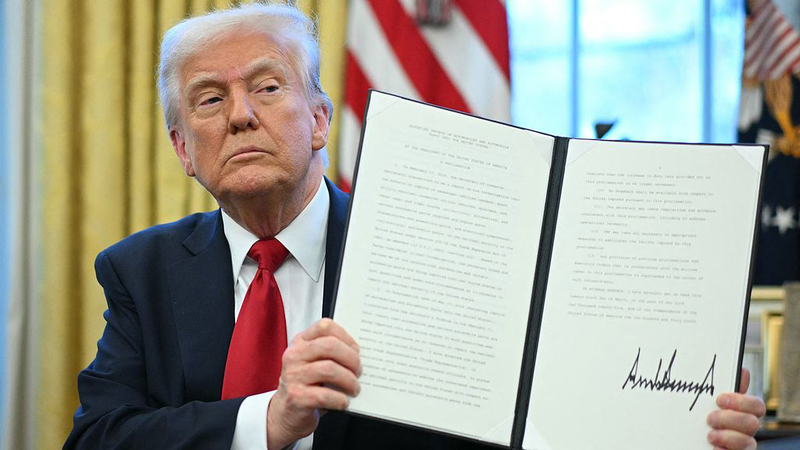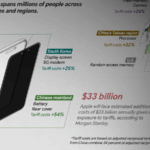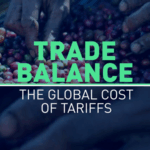U.S. tariffs on Chinese goods are back in the spotlight, with claims they’ll revive domestic jobs and shrink trade gaps. But here’s the tea: economists and industry leaders say it’s more like a 🎭 political performance than a real economic fix. Let’s break it down.
🌐 Global Supply Chains ≠ the 1930s Assembly Line
Fun fact: Your iPhone relies on parts from 43 countries. When Steve Jobs was asked if iPhones could be made in the U.S., his reply was blunt: 🗣️ ’Those jobs aren’t coming back.’ Slapping tariffs on imported components? That’ll hurt companies like Apple and Tesla way more than China. They’d have to hike prices or move factories to tariff-free zones—neither of which helps U.S. workers.
📉 History’s Tariff Hangover
Trump’s 2018-2019 tariffs led to a 1.4% drop in manufacturing jobs. Bush’s 2002 steel tariffs backfired too, killing more jobs in industries that used steel than were saved making it. Spoiler: Protectionism hasn’t worked since the Great Depression.
🛒 Hidden Inflation Bomb
Tariffs are stealth taxes. The U.S. imports 80% of rare earth minerals from China for EVs and tech. Taxing these won’t magically create American mines—it’ll make your gadgets and green cars pricier. Analysts say new tariffs could cost households $2,100/year. For low-income families spending big on basics? 🚨 Disaster.
Bottom line: In a tech-driven, hyper-connected world, tariffs risk jobs, innovation, and your wallet. Time for a new playbook? 💡
Reference(s):
cgtn.com

